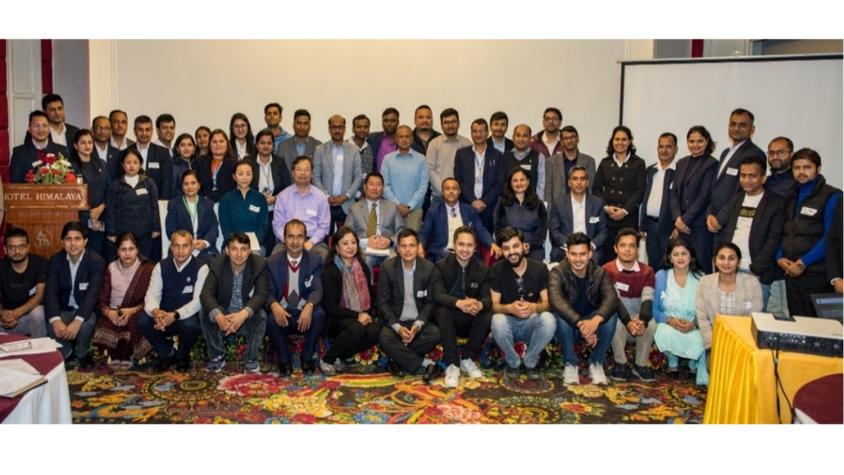Crop Monitoring and Assessment

Agriculture production in the Hindu Kush Himalayas (HKH) is highly susceptible to climate variability and change. These changes affect the livelihood of millions of farmers in the region, particularly those with less capacity for adaptation to climate change. Mapping and monitoring crop areas at a national scale is required for food security planning, including determining the national or regional food demand and supply balance, and to gauge social security. Similarly, monitoring the in-season crop condition is important to understand the potential deviation from the normal condition, which will provide vital information in over- or under- production.
This service will enhance the use of geospatial information to develop sustainable methods and tools which will improve the quality of agricultural statistics for major staple crops based on the integral use of Earth Observation (EO) technologies in Bangladesh, Nepal, and Pakistan. These include:
- Development of in-season crop status assessment protocols and associated tools like mobile app and crop classification algorithms
- Setting up geospatial infrastructure: Crop mapping using cloud-based computing service system and establishment of cross country crop status assessment system (CropScape)
Rationale
In the HKH region, national agencies involved in reporting crop statistics and yield assessments are currently using conventional techniques based on land surveys and statistical sampling that are resource- and time-intensive. With the recent advancements in Earth Observation (EO) technologies and easy access to computational platforms, agricultural sector professionals and researchers realize that remote sensing-based crop area and yield assessments can substantially improve the accuracy of baseline inventory as well as enhance the efficiency of regular in-season assessment processes, particularly for major staple crops.
From the long-term perspective, unsustainable agriculture practices like water over-extraction and intensive use of chemical fertilizer and pesticides are damaging ecosystem services provided to its people and impairing the long-term capacity to sustain high agricultural output. Government policies play an important role in transforming agricultural practices and agricultural technology adoption. A deeper understanding of the drivers and socioeconomic and ecological impacts of agricultural land use change in the region is essential in order to prepare well-informed agriculture policies.
-
Users
Department of Agriculture, Nepal
Ministry of Agriculture and Livestock Development, Nepal (MOLAD)
Agricultural Knowledge Centre, Nepal
National Agricultural Research Council (NARC)
Bangladesh Agricultural Research Council (BARC)
Department of Agriculture Extension, Dhaka, Bangladesh (DAE)
World Food Programme, Nepal
Pakistan Agricultural Research Council (PARC)

